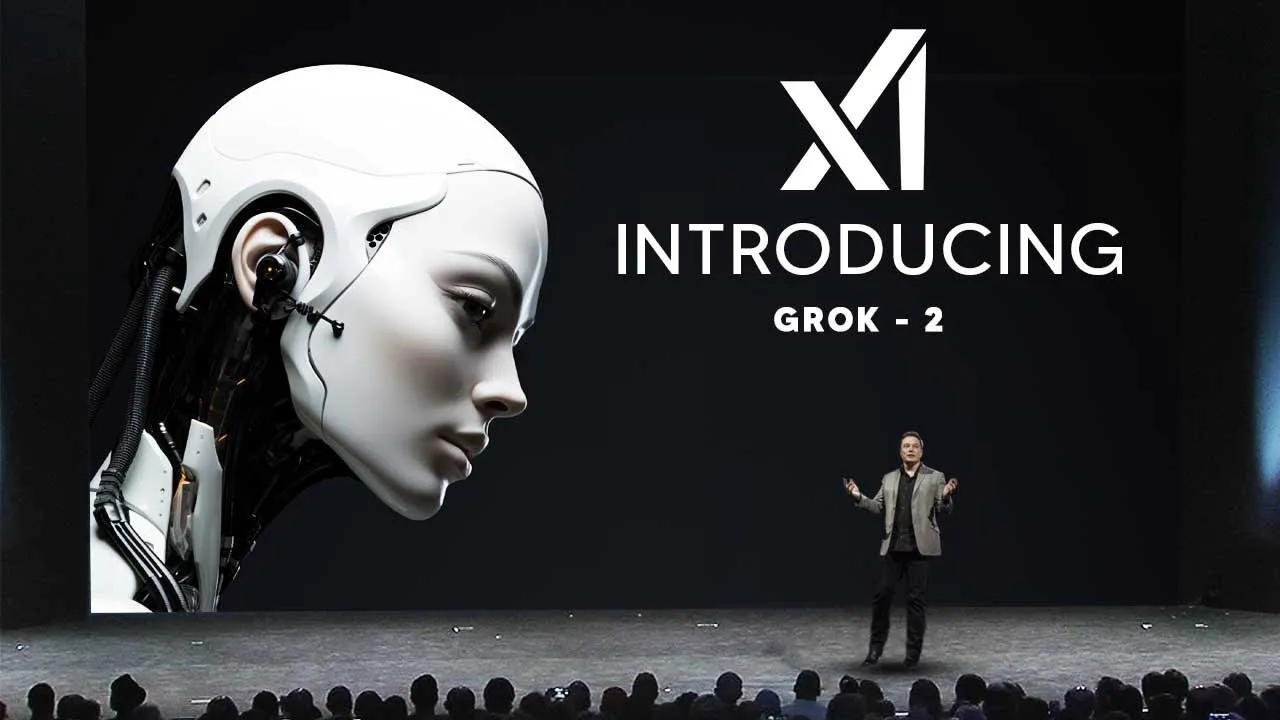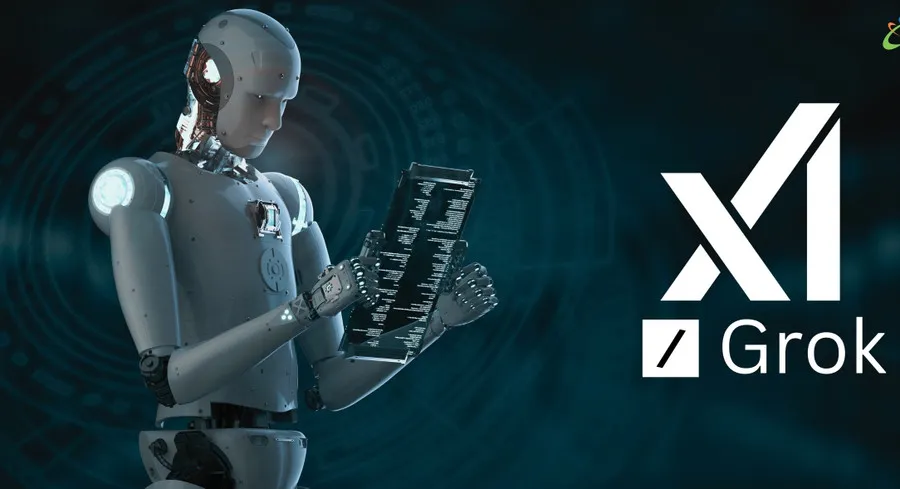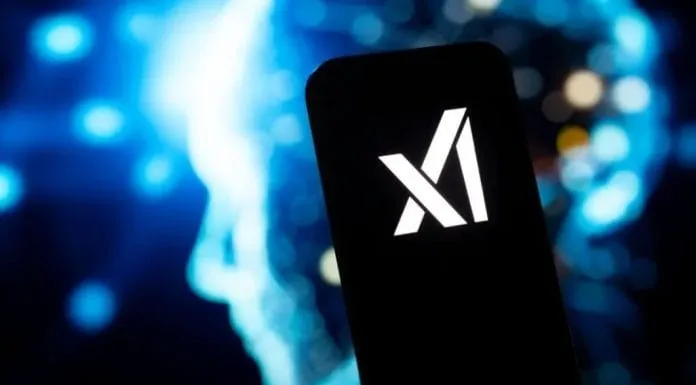

Billionaire Elon Musk Shocks Tech World by Open-Sourcing Grok 2.5
Introduction
The tech industry thrives on innovation, competition, and bold moves. Few figures embody this spirit more than Elon Musk, the billionaire entrepreneur behind companies such as Tesla, SpaceX, and X (formerly Twitter). In a surprising twist that sent shockwaves across Silicon Valley and beyond, Musk announced that he would open-source Grok 2.5, the advanced artificial intelligence model developed by his company xAI. The move is more than just a technical decision; it represents a shift in how AI may be developed, distributed, and used in the coming years.
What Is Grok 2.5?
Before diving into the implications of Musk’s announcement, it is crucial to understand what Grok 2.5 is. Developed by xAI, Grok is a powerful large language model designed to compete with industry leaders such as OpenAI’s GPT series, Google’s Gemini, and Anthropic’s Claude. Grok 2.5 builds upon its predecessors with improved natural language processing capabilities, faster response times, and more advanced reasoning.
Unlike basic AI chatbots, Grok 2.5 is designed for deep contextual understanding, making it capable of handling complex tasks such as programming assistance, content generation, research analysis, and even conversational humor. What makes Grok stand out is its integration with Musk’s social media platform X, giving it access to real-time data streams and making it uniquely positioned to respond to ongoing events with up-to-date information.

The Announcement That Shook the Tech World
When Musk announced that Grok 2.5 would be open-sourced, many in the tech community were stunned. Traditionally, companies keep their most advanced AI models under tight control, both to maintain competitive advantage and to prevent misuse. By contrast, open-sourcing means that developers, researchers, and companies around the world will have access to Grok 2.5’s architecture, weights, or training methodology, depending on the exact scope Musk decides to release.
For a billionaire entrepreneur known for protecting intellectual property in ventures like Tesla’s self-driving algorithms or SpaceX’s rocket technology, the move toward open-source AI reflects a radical shift in strategy. It signals Musk’s intent to make AI development more transparent, collaborative, and perhaps disruptive to the dominance of tech giants.
Why Open-Source Matters in AI
The decision to open-source Grok 2.5 carries immense implications. In the AI world, open-sourcing is not just a gesture of goodwill; it changes the entire ecosystem.
First, open-sourcing democratizes access. By making the model available, smaller startups, independent developers, and researchers gain tools that were once only available to tech giants with billions of dollars in resources. This can fuel innovation in areas ranging from healthcare to education to robotics.
Second, it allows faster iteration and improvement. Open-source communities are known for their ability to refine technology quickly. With thousands of developers testing, improving, and expanding Grok 2.5, its capabilities could grow far beyond what xAI could achieve alone.
Third, open-sourcing increases transparency and trust. AI models are often criticized for being “black boxes” that make decisions without clear explanations. By opening Grok 2.5, Musk provides the world with the ability to inspect its inner workings, potentially reducing fears about hidden biases or unfair decision-making.
Industry Reactions to the Grok 2.5 Announcement
The reaction from the broader tech community has been mixed. Supporters see Musk’s move as revolutionary, positioning Grok 2.5 as a potential counterbalance to the dominance of companies like OpenAI, Google, and Anthropic. Critics, however, raise concerns about safety, security, and misuse.
Prominent AI researchers praised the idea of greater transparency. Many noted that access to a cutting-edge large language model could accelerate breakthroughs in areas like medical research, environmental science, and automation. However, others warned that malicious actors could repurpose Grok 2.5 for harmful uses such as generating misinformation, developing cyberattacks, or creating harmful deepfakes.
Big tech rivals, meanwhile, may feel the pressure. Google and OpenAI have generally kept their most advanced models proprietary, offering limited access through APIs. Musk’s move challenges this closed model and may push competitors to reconsider their strategies.

Musk’s Philosophy on Open Source
To understand this decision, one must look at Musk’s broader philosophy. Musk has a history of supporting open-source initiatives. Tesla, for instance, opened many of its patents to encourage the adoption of electric vehicles. Musk has often stated that advancing technology for the benefit of humanity is more important than protecting intellectual property.
In his view, AI represents a transformative force that should not be monopolized by a few corporations. By making Grok 2.5 open-source, Musk aims to level the playing field and accelerate progress toward beneficial applications. At the same time, this move helps xAI distinguish itself from rivals by adopting a bold and disruptive strategy.
Technical Strengths of Grok 2.5
The excitement surrounding Grok 2.5 is not only philosophical but also technical. Reports suggest that Grok 2.5 boasts:
-
Improved contextual reasoning, allowing for more accurate and coherent responses in long conversations.
-
Advanced multimodal capabilities, enabling the model to process not just text but also images, diagrams, and potentially other data formats.
-
Faster response times, thanks to optimization for real-world deployment at scale.
-
Integration with real-time data feeds from X, giving it a unique edge in providing current information.
These strengths make Grok 2.5 a powerful tool for applications across industries. Developers envision its use in software engineering, education platforms, scientific research, and even creative industries like media production.
Risks of Open-Sourcing Advanced AI
Despite the enthusiasm, open-sourcing advanced AI models comes with serious risks. Critics worry that providing access to cutting-edge technology could empower bad actors. For example:
-
Cybersecurity threats: Hackers could use the model to generate sophisticated phishing emails or malware code.
-
Disinformation: The ability to generate realistic text and images could make it easier to spread fake news.
-
Unregulated applications: Without oversight, developers may create harmful products or misuse the technology for unethical purposes.
These concerns are not hypothetical. Past open-source models have already been used in questionable ways, from generating spam to building deepfake tools. With Grok 2.5 being more advanced, the stakes are higher.
The Future of AI Competition
Musk’s decision places pressure on competitors. If Grok 2.5 succeeds in building a thriving open-source ecosystem, it could force other AI companies to open their models or risk falling behind. Already, open-source alternatives like Meta’s LLaMA have gained traction among developers. Grok 2.5 could supercharge this trend, creating a parallel ecosystem of innovation outside the control of big tech companies.
For startups and entrepreneurs, this could be a golden opportunity. Instead of relying on costly API access from proprietary models, they can build directly on Grok 2.5. This democratization could lead to an explosion of new products, apps, and research projects in the coming years.
How the Public Perceives the Move
Public perception of Musk’s decision is shaped by both admiration and skepticism. Supporters see him as a visionary willing to take risks for the greater good. They applaud the idea of making powerful AI accessible to everyone rather than hoarded by a few corporations.
Skeptics, however, worry that Musk’s boldness may come without sufficient safeguards. They argue that open-source AI requires strong governance frameworks to prevent abuse, something that Musk has historically downplayed in favor of rapid innovation.
Conclusion
The announcement that Elon Musk is open-sourcing Grok 2.5 represents one of the most significant moments in the evolution of artificial intelligence. By releasing a cutting-edge model to the public, Musk challenges the status quo of closed AI systems and reignites debates about transparency, accessibility, and safety.
While the move carries risks, it also opens the door to unprecedented innovation. Developers, researchers, and companies around the world now have the chance to build upon Grok 2.5, potentially reshaping industries from healthcare to education. At the same time, the decision forces rivals like OpenAI and Google to rethink their strategies in an increasingly competitive market.
Musk’s track record shows that he is unafraid to make bold moves that redefine industries. Just as Tesla accelerated the adoption of electric vehicles and SpaceX revolutionized space travel, Grok 2.5’s open-source release could mark the beginning of a new era in artificial intelligence. Whether it proves to be a triumph of innovation or a risky gamble will depend on how the global community harnesses its power.


















